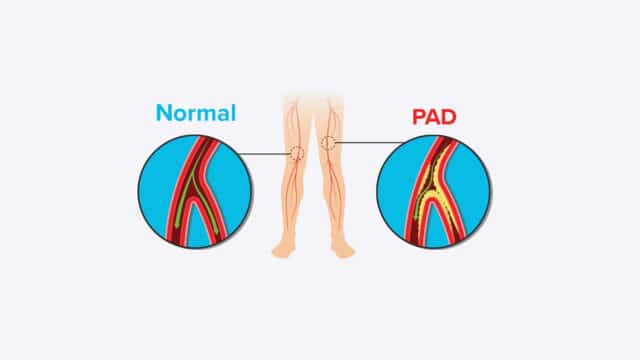Charcot Joint Disease

What is Charcot Joint Disease?
Charcot Joint Disease is the abnormal changing of the bones of the feet. The disease was first talked about in the late 1800s by a French physician, Dr. J.M. Charcot. People who had no feeling in their feet were known to have changes in their foot bones. Diabetics were more likely to have these changes.
What Are the Signs and Symptoms?
- Swelling of the feet
- Increased skin warmth of the feet
- Redness in the involved area
- No sweating in the involved area, leading to dry skin
- Changes in the foot, the foot appears shorter and abnormal
What Are the Risk Factors?
Diabetics who are unable to feel pain in their feet may develop Charcot Foot. They may have an injury to the foot and not even know it. The diabetic may continue to walk on their feet. This causes further injury that may lead to more injury to the bones and joints.
There may be less muscle strength in the feet and legs when there is no feeling in the feet. This leads to muscle imbalance. That affects how a person walks and can cause more pressure on the bones and joints. This causes even more injury. The person can have twists and sprains but not know of the problem and continue to walk on their feet.
How Can You Tell if You Have Charcot Foot?
Diagnosis is made by a physical exam, review of the signs and symptoms, and x-ray tests.
How Do You Treat Charcot Foot?
Prevention of the destruction of the foot is needed. Regular visits to your physician for check-ups, you will need to look at your feet daily, and you may need special footwear. Surgery is sometimes needed. A wheel chair, a cast, crutches or bed rest may be needed to help protect your feet.
If the arch of the foot falls, immediate medical attention is needed. Surgery to fuse the bones in the feet may be needed. Treatment may require many months of care to prevent further problems.



